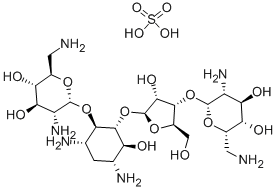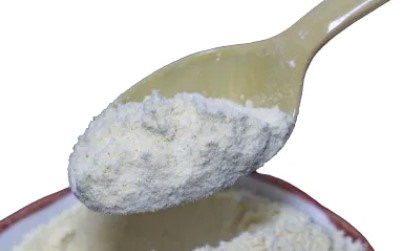Neomycin sulfate:uses and detection
Description
The formula of Neomycin sulfate is C23H52N6O25S3 and its chemical name is O-2,6-diamino-2,6-dideoxy-α-D-glucopyranosyl-(1 → 3)-O-β-D-ribofuranosyl-(1 → 5)-O-[2,6-diamino-2,6-dideoxy-α-D-glucopyranosyl- (1 → 4)] -2-deoxy-D-streptamine[1]. It is one of the most commonly prescribed aminoglycosidic antibiotics formed by the combination of an amino sugar and an amino cyclo alcohol through an oxygen bridge. Neomycin sulfate can inhibit the growth of both Gram-positive and Gram-negative bacteria.
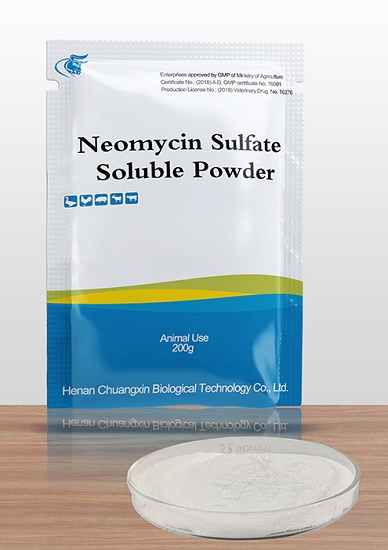
Uses
Neomycin sulfate is approved for topical use and has previously been shown to inhibit Escherichia coli RNase P, which was among the hits identified[2]. It is used to reduce the risk of infection during surgery of the bowel and also to reduce the symptoms of hepatic coma. The antibiotic neomycin sulfate potentiates the antimicrobial activity of mupirocin, whereas other library antibiotics do not. Neomycin's potentiating activity may be mediated by inhibition of the organism's RNase P function, an enzyme that is believed to participate in the tRNA processing pathway immediately upstream of the primary target of mupirocin. In veterinary medicine and animal husbandry, neomycin sulfate is widely applied in the treatment of bacterial infections, e.g. bacterial enteritis (scours), and has been added to feeds for prophylaxis and to promote growth[3].
Side effects and detection
Concentrations of neomycin sulfate in pharmaceutical wastewater reached very high levels in recent years with the increased use of this antibiotic. The excessive and illegal addition of neomycin sulfate to poultry feed also can be found as a drug residue in livestock that can be transferred to humans through the food chain which results in antibiotics accumulation. This accumulation causes various side effects in humans and leads to deafness, kidney, and cardiovascular diseases. Since Neomycin sulfate is toxic to environmental life and human health, it is very important to develop more sensitive methods to detect its concentration. Neomycin concentration can be estimated using traditional methods such as liquid chromatography, LC-tandem MS, or immunoassays[1]. Zhang et al. developed polyvinyl pyrrolidone shell-coated gold nanoparticle (Au@PVP NPs) sol, which enables rapid colorimetric detection. This method has the advantages of high sensitivity, rapidity, specificity, low cost, and no complicated pretreatment procedure.
References
[1] Catal T, et al. Monitoring of neomycin sulfate antibiotic in microbial fuel cells. Bioresource Technology, 2018; 268: 116-120.
[2] Blanchard C, et al. Neomycin Sulfate Improves the Antimicrobial Activity of Mupirocin-Based Antibacterial Ointments. Antimicrobial Agents and Chemotherapy, 2015; 60: 285–290.
[3] Zhang Q, et al. Colorimetric detection of neomycin sulfate in tilapia based on plasmonic core–shell Au@PVP nanoparticles. Food Chemistry, 2021; 356: 129612.
You may like
Related articles And Qustion
Lastest Price from Neomycin sulfate manufacturers
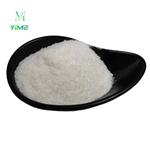
US $20.00/KG2024-04-26
- CAS:
- 1405-10-3
- Min. Order:
- 100KG
- Purity:
- 99%
- Supply Ability:
- 1000KG/day
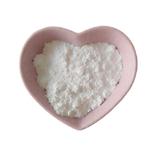
US $1620.00-1600.00/metric tonnes2024-04-26
- CAS:
- 1405-10-3
- Min. Order:
- 1metric tonnes
- Purity:
- 99%
- Supply Ability:
- 10000tons
